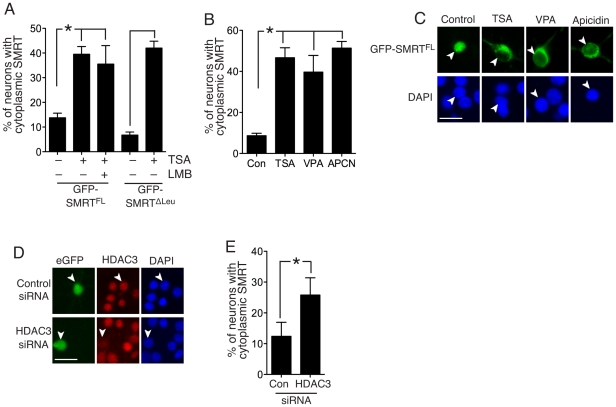Figure 1. Inhibition of class I HDAC and knockdown of HDAC3 is sufficient to promote SMRT export.
A) GFP-SMRTFL export is insensitive to Leptomycin B and to mutation of a leucine-rich potential nuclear export sequence. Neurons were transfected with plasmids encoding GFP-SMRTFL or GFP-SMRTΔLeu and treated, where indicated with Leptomycin B (20 ng/ml) for 1 h prior to treatment with TSA. Note that although redistribution was observed after 1–2 h treatment with TSA and other HDAC inhibitors, the effect observed was greater after 6–8 h and so all data presented in this manuscript relates to treatment with the indicated drugs for this time. *p<0.05 (n = 4). B) Neurons were transfected with plasmids encoding GFP-SMRTFL and 48 h after transfection the neurons were treated with TSA, VPA or Apicidin and the cellular localization of GFP-SMRTFL was analyzed. *p<0.05 (n = 3). C) Examples of the cellular localization of GFP-SMRTFL after treatments with the indicated HDAC inhibitors. Scale bar is 20 µm here and throughout the manuscript. D) Example pictures to demonstrate the efficacy of HDAC3-directed siRNA in knocking down endogenous HDAC3 expression in rat cortical neurons. Neurons were transfected with the siRNAs as indicated, plus peGFP to identify transfected cells. After 72 h, cells were fixed and HDAC3 expression analysed by immunofluorescence. White arrows point to transfected neurons. E) HDAC3 siRNA causes redistribution of SMRT to the cytoplasm. Neurons were transfected with plasmids encoding GFP-SMRTFL plus siRNA as indicated. SMRT localization was studied 72 h post-transfection. *p<0.05 (n = 5).

